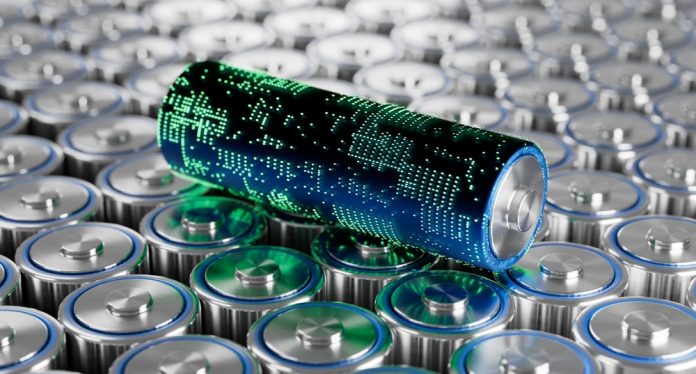Experts at ETH Zurich have developed a novel method for creating more powerful and environmentally friendly lithium metal batteries.
The team’s new approach reduces the amount of fluorine required in lithium metal batteries, making them more stable, cost-effective, and longer lasting.
Lithium metal batteries are tipped to play a major role in advancing a range of green technologies, including electric vehicles.
These batteries can store at least twice the amount of energy per unit of volume as lithium-ion batteries.
This means EVs could travel twice as far on a single charge and will not need to be charged as frequently. However, current challenges with the technology persist.
Lithium metal battery challenges
Lithium metal batteries have a major drawback: their liquid electrolyte needs a substantial amount of fluorinated solvents and salts, which can harm the environment.
Without fluorine, these batteries would be unstable, have a short lifespan, and be prone to short circuits, overheating, and potential fires.
Fluorinated compounds in the electrolyte form a protective layer around the metallic lithium at the negative electrode, similar to tooth enamel, preventing continuous reactions with electrolyte components.
Without this layer, the electrolyte would deplete quickly, the cell would fail, and lithium metal whiskers, or dendrites, would form during recharging instead of a smooth layer.
If these dendrites touch the positive electrode, a short circuit could occur, risking overheating and ignition.
Therefore, controlling this protective layer is essential for enhancing battery efficiency, safety, and lifespan.
Mitigating fluorine use
The group’s new method employs electrostatic attraction to facilitate the reaction.
Electrically charged fluorinated molecules transport fluorine to the protective layer, requiring only 0.1% by weight of fluorine in the liquid electrolyte—at least 20 times less than in previous studies.
The researchers explained that this method can be integrated seamlessly into traditional battery production processes without causing extra costs to modify the production setup.
The team is now working to test the method’s scalability and apply it to pouch cells used in smartphones.









